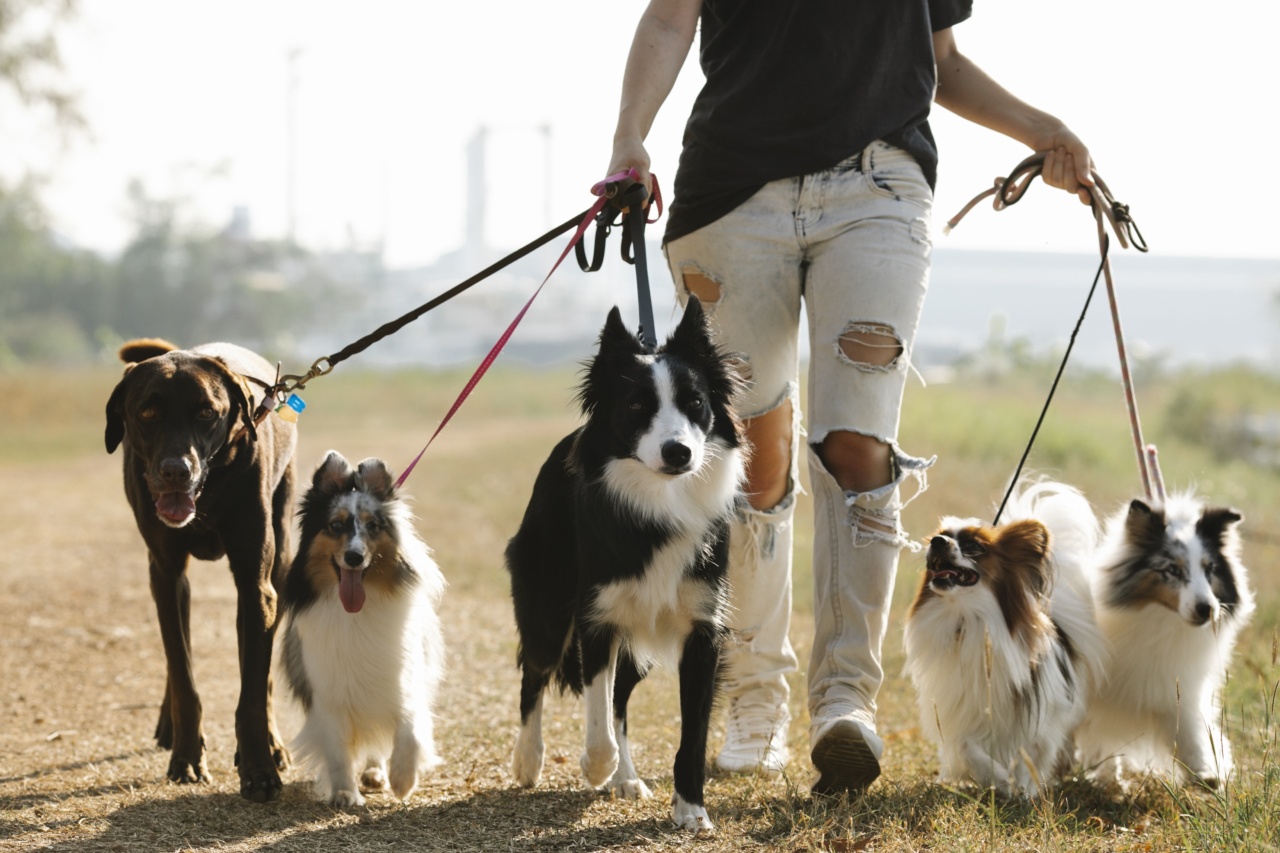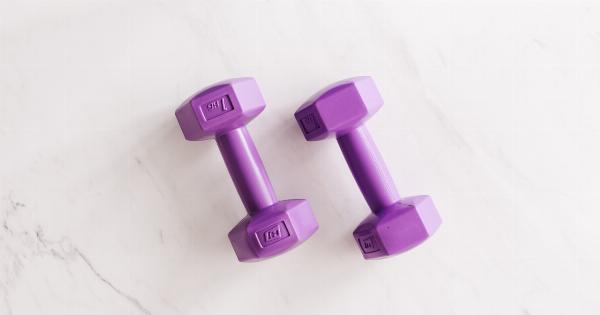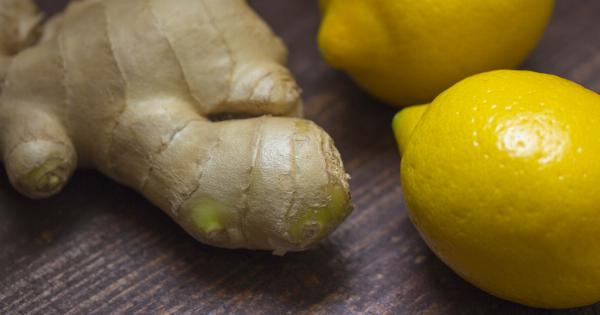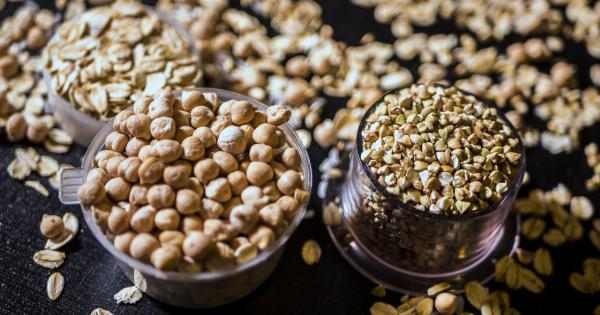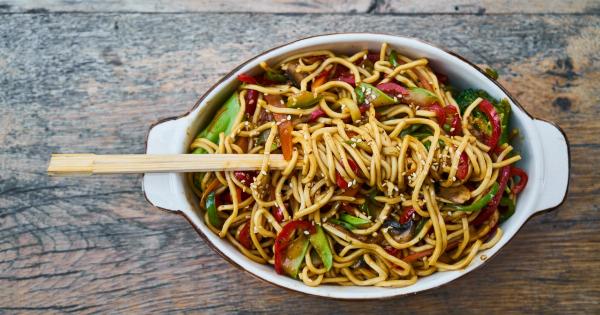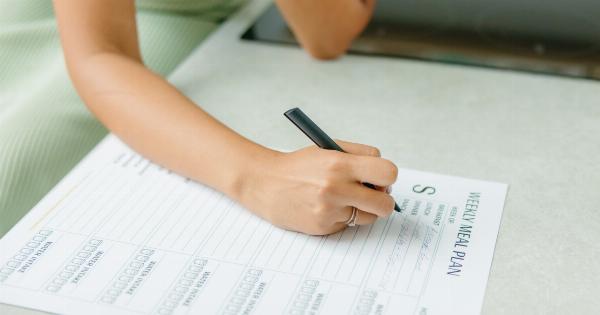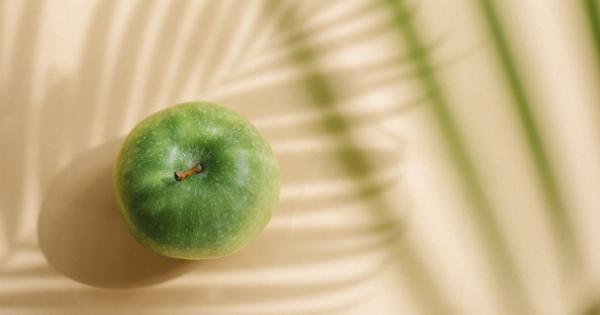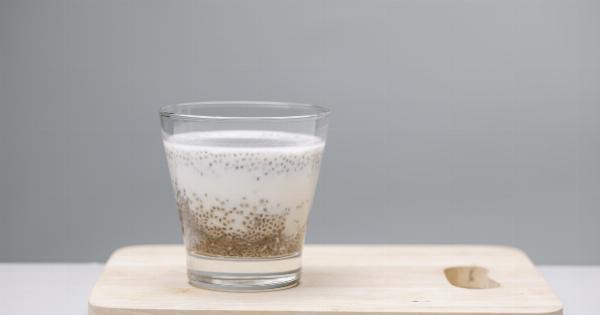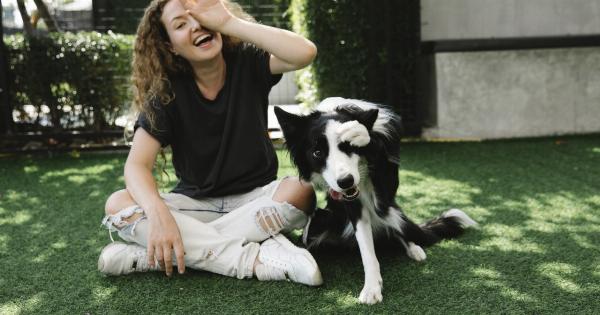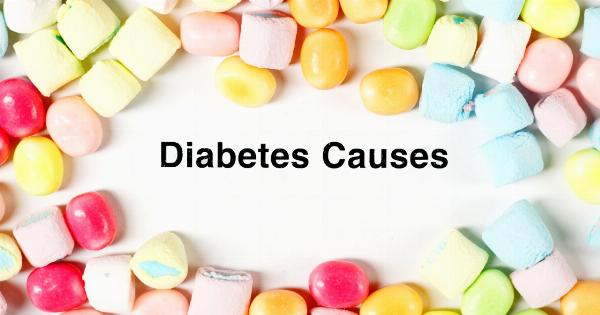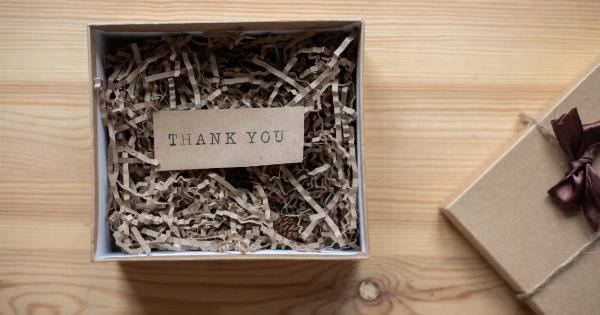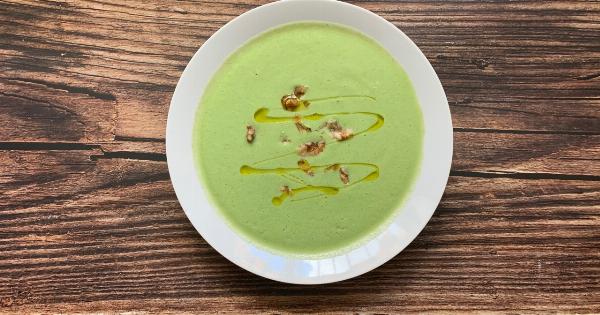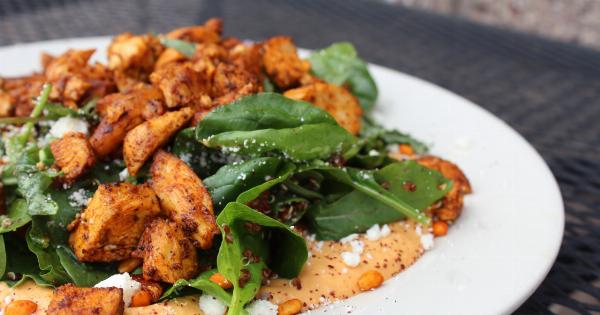As responsible pet owners, it is important for us to make informed decisions about our furry companions’ health.
Sterilization, also known as spaying or neutering, is a common procedure recommended by veterinarians to control pet population and prevent certain health issues in dogs. However, one aspect that is often overlooked is weight management after sterilization.
In this article, we will explore why weight management is crucial for sterilized dogs and provide some helpful tips for every dog owner to ensure their pets lead a healthy and balanced life.
Why Weight Management Matters?
After sterilization, a dog’s metabolism can change, causing a decrease in energy needs. Furthermore, the hormonal changes that occur after the procedure can lead to an increase in appetite.
These factors combined can make sterilized dogs more prone to weight gain and obesity, which can have serious consequences on their overall health and quality of life.
Obesity in dogs can lead to a range of health issues, including:.
- Joint problems
- Diabetes
- Heart disease
- Respiratory difficulties
- Decreased lifespan
Therefore, it is essential for dog owners to be proactive in managing their pet’s weight to ensure their long-term well-being.
Understanding Your Dog’s Dietary Needs
The first step in managing your dog’s weight after sterilization is understanding their dietary needs. A common misconception is that dogs need to be fed the same amount of food after sterilization as they did before.
However, their energy requirements change, and overfeeding can quickly lead to weight gain.
It is recommended to consult with your veterinarian to determine the appropriate calorie intake for your sterilized dog based on factors such as their age, size, breed, and activity level.
Your vet may recommend switching to a specially formulated weight management dog food or adjusting the portion size of their regular food.
Feeding Strategies for Weight Management
Here are some feeding strategies that can help manage your dog’s weight after sterilization:.
1. Measure Meals:
Avoid free-feeding and measure out your dog’s meals using a kitchen scale or measuring cup. This allows you to have better control over portion sizes and prevent overfeeding.
2. Divide Meals:
Instead of feeding your dog one or two large meals a day, consider dividing their daily food allowance into smaller, more frequent meals. This can help prevent hunger-induced begging and also regulate their metabolism.
3. Avoid Table Scraps:
While it may be tempting to share your delicious meals with your furry friend, it is important to resist the urge. Human food can be high in calories, unhealthy fats, and spices that can upset your dog’s digestive system.
Stick to feeding them a balanced diet formulated for their needs.
4. Use Treats Wisely:
Treats are a great way to reward your dog, but they can also contribute to weight gain if not given in moderation. Opt for low-calorie treats and limit their consumption.
You can also substitute treats with other forms of rewards such as praise or playtime.
5. Regular Exercise:
Physical activity plays a crucial role in weight management. Regular exercise not only helps burn calories but also keeps your dog mentally stimulated and engaged.
Consult with your vet to determine an exercise routine suitable for your dog’s age, breed, and health condition.
6. Monitor Weight:
Weigh your dog regularly to track their progress. Slight fluctuations in weight are normal, but steady weight gain or loss should be discussed with your veterinarian.
Your vet can provide guidance on adjusting the feeding plan or recommending a weight management program if needed.
Creating a Healthy Environment
In addition to proper diet and exercise, providing a healthy environment for your sterilized dog is crucial. Here are some tips:.
1. Create a Routine:
Establish a consistent feeding and exercise routine for your dog. Dogs thrive on routine, and it can help prevent them from overeating or becoming sedentary.
2. Provide Mental Stimulation:
Engage your dog in activities that provide mental stimulation, such as puzzle toys or interactive games. This helps keep their mind active and reduces the chances of boredom, which can lead to overeating.
3. Socialize and Play:
Regular socialization with other dogs or supervised playdates can help keep your dog active and mentally stimulated. It also promotes their overall well-being and can prevent excessive weight gain.
4. Avoid Overfeeding:
Avoid the temptation to overfeed your dog, especially if they give you those irresistible puppy dog eyes. Remember that their dietary needs have changed, and sticking to the recommended portion sizes is crucial for weight management.
Conclusion
Weight management is an important aspect of responsible dog ownership, especially after sterilization.
By understanding your dog’s dietary needs, implementing appropriate feeding strategies, providing regular exercise, and creating a healthy environment, you can ensure your sterilized dog maintains a healthy weight and leads a happy and active life. Remember to consult with your veterinarian for personalized advice and guidance on your dog’s specific needs.
